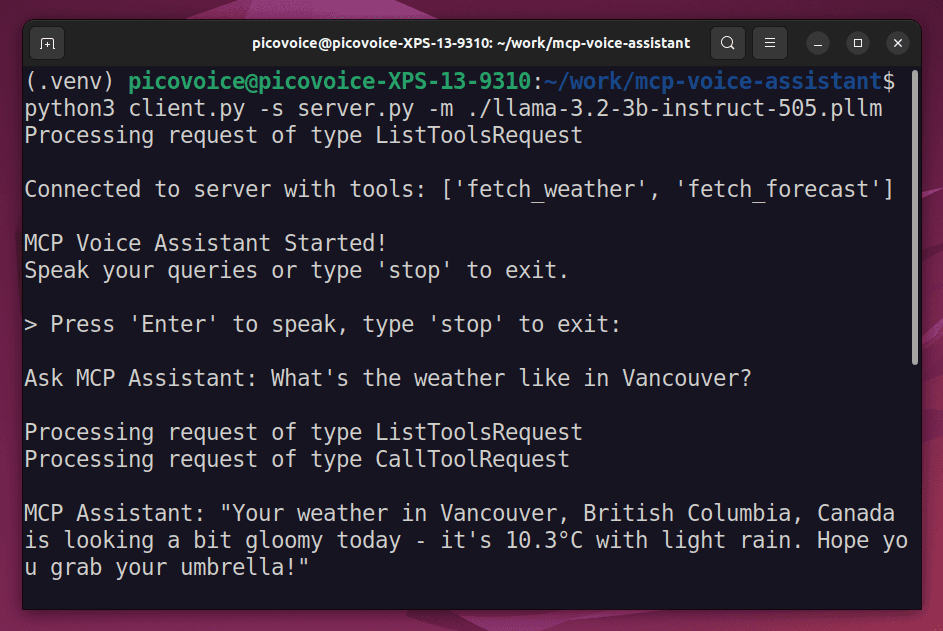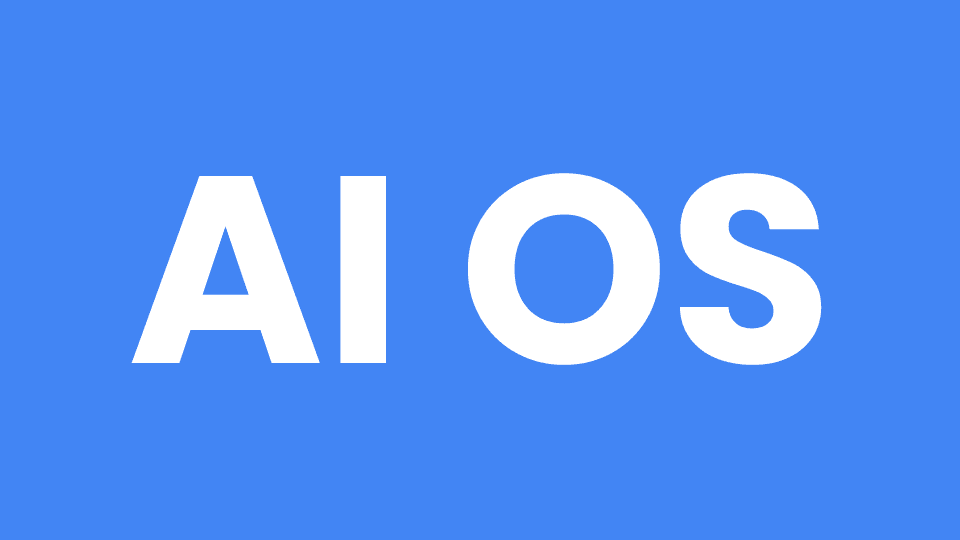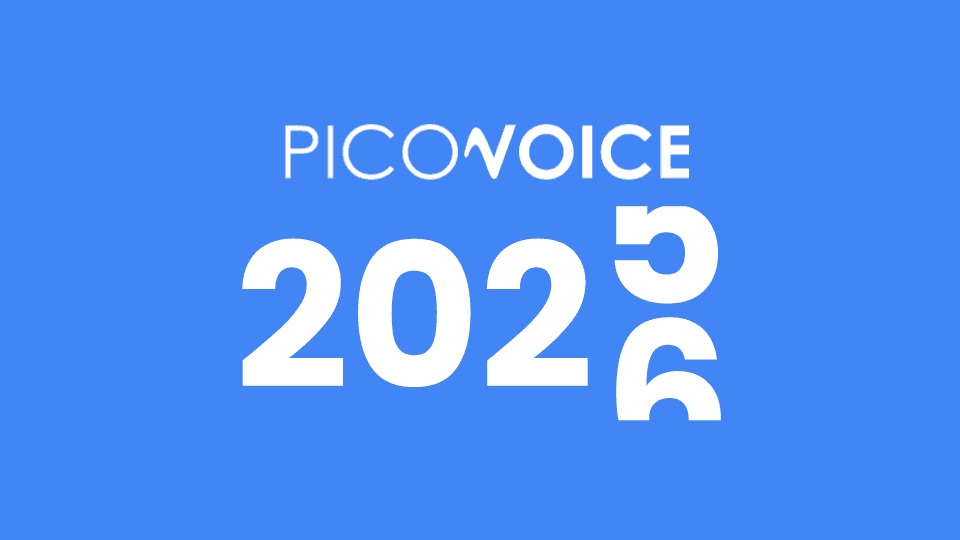Cloud Computing has been a game changer for almost two decades. It enabled products, services and even startups that wouldn’t exist otherwise. However, Cloud Computing has inherent limitations and costs. Current macroeconomic conditions and additional pressure on cutting costs lead more executives to explore Cloud Repatriation.
What’s Cloud Repatriation?
Cloud Repatriation has become popular in recent years. IT executives still do not have a consensus on whether it’s a myth or a trend. Cloud Repatriation refers to moving workloads, computing, storage or apps from the public cloud to local infrastructure. The local infrastructure can be on the Edge, Premises, Colocation Spaces, or Dedicated Servers offered by Cloud Vendors.
What’s Edge Computing?
Edge Computing is a relatively recent phenomenon. Cloud, Dedicated Server, On-Prem or Colocation requires data to leave the device where it is generated for computation, whereas Edge Computing brings the computing near to the data source. Do not forget to read the introduction to edge computing and the benefits of processing voice data on edge, and explore edge voice AI for the web or mobile.
What’s On-Premises?
On-Prem or On-Premises is a method of deploying software locally within the premises of enterprises. They manage hardware and software. On-prem requires initial large-sum capital expenditure and continuous maintenance of hardware and software. However, this investment delivers higher returns when there is scale.
What’s Colocation?
Colocation or Colo lies between Dedicated Server and On-Prem. Colocation service providers offer physical space, equipment and bandwidth to enterprises. Colocation deployment doesn't require maintaining the hardware as in the Dedicated Server option and provides more control. Colocation deployment is less flexible than the On-Prem, yet benefits from the economies of scale and flexibility to deploy servers anywhere.
What’s Dedicated Server Renting?
Dedicated Server renting refers to renting dedicated hardware from cloud providers. Cloud providers cannot use these specifically allocated servers for other purposes or customers. In the Colocation option, enterprises outsource things related to the physical locations where servers are. Whereas, in the Dedicated Server option, enterprises outsource the hardware, i.e. servers too. While this offers simplicity, convenience comes at a price. It’s more expensive and limits the enterprises' ability to control, as enterprises cannot choose or build their servers.
Closing Remarks
There is no one fits all answer. The public cloud will continue to grow and play a critical role in non-time-or-security-sensitive use cases at better economies of scale far from the end user. Today 90% of cloud users have a multi-cloud strategy, and over 80% have a hybrid mix. The choice comes down to the networking, storing and computation needs and desired user experience. As enterprises learn more about the pros and cons of the public cloud, the share of others will go up.







